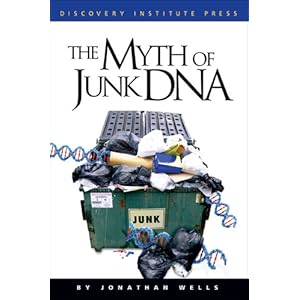Spider in amber is 49 million-year-old member of living genus

Further to “Recent Uncommon Descent posts reveal starkly different standards of evidence out there” (Uncommon Descent, 18 May 2011), this ScienceDaily story (May 18, 2011) about a trapped spider is instructive:
Imaging Technology Reveals Intricate Details of 49-Million-Year-Old SpiderScientists have used the latest computer-imaging technology to produce stunning three-dimensional pictures of a 49 million-year-old spider trapped inside an opaque piece of fossilized amber resin.
Writing in the international journal Naturwissenschaften, the scientists showed that the amber fossil — housed in the Berlin Natural History Museum — is a member of a living genus of the Huntsman spiders (Sparassidae), a group of often large, active, free-living spiders that are hardly ever trapped in amber.
The amber had grown dark so until they tried X-ray computed tomography, they couldn’t get a good image, but then, especially through a short film revealing astounding details, the scientists showed that even specimens in historical pieces of amber, which at first look very bad, can yield vital data when studied by computed tomography.
So we know it can’t be a huntsman spider because they “hardly ever” get trapped in amber: Read More ›
 He sniffs that he might, in the end, review it, as time permits. One hopes he’ll
He sniffs that he might, in the end, review it, as time permits. One hopes he’ll 